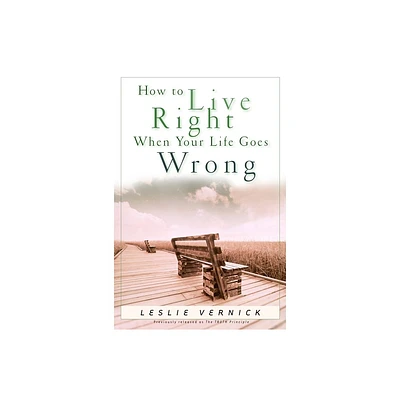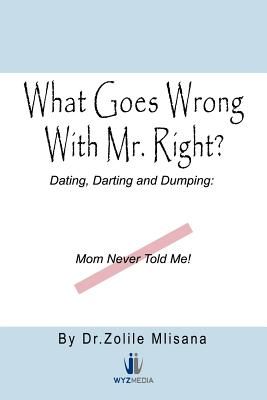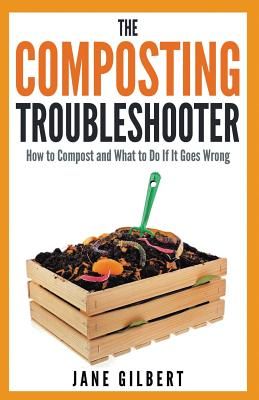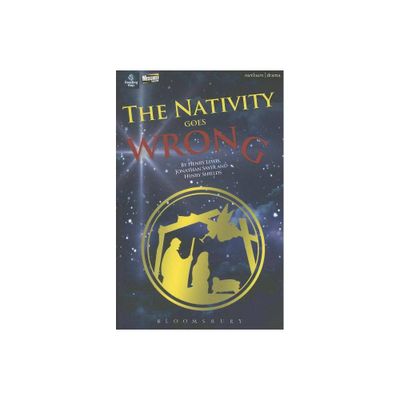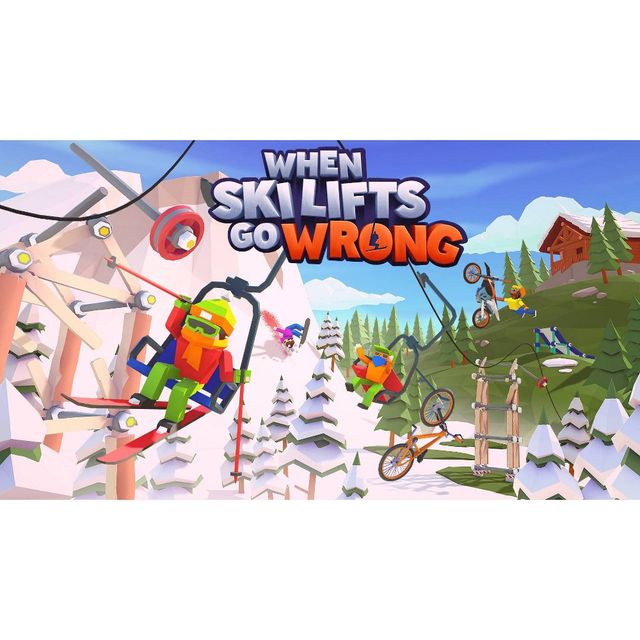Home
When Science Goes Wrong: The Desire and Search for Truth
Loading Inventory...
Barnes and Noble
When Science Goes Wrong: The Desire and Search for Truth
Current price: $19.95


Barnes and Noble
When Science Goes Wrong: The Desire and Search for Truth
Current price: $19.95
Loading Inventory...
Size: Paperback
*Product Information may vary - to confirm product availability, pricing, and additional information please contact Barnes and Noble
The science/faith discussion is often hindered by a fundamental misunderstanding of the role and function of science. This misunderstand was made most evident, with tragic consequences, during the recent pandemic. The ways that science has gone wrong, and the underlying causes of how it goes wrong, will be illustrated here with a series of historical essays describing ideas about the universe, planet Earth, and the evolution of life that were all based on ideas that were reasonable…but ultimately wrong. Some are amusing in retrospect; others are tragic.
Theology, philosophy, or even mathematics may lay claim to eternal truths, but in science our very cosmologies change. Just as the major religions have adapted in the face of changing cultural cosmologies, so too has science adapted in the face of challenging new observations and new ideas. Religions and science are strengthened by experiencing a shift in our assumptions; that's where we find out what's essential, and what is cultural baggage.
Ultimately, the point of our science is not to come up with the "right answer." Both as scientists and as human beings, we know that sometimes we learn the most by encountering ideas that challenge us. When we say, "I know that can't be right; so, where did it go wrong?" we gain a greater insight into what we do believe, and what it really means.
Endorsements
"As an antidote to our penchant to treat scientific findings as settled facts, the authors discuss the scientific method, rightly understood as a gift compatible with faith in our search for truth and meaning."
—Archbishop Emeritus Joseph E. Kurtz, Archdiocese of Louisville
"Departing refreshingly from the typically pontifical tone of popular science books, here are two experts who educate us on the ups and downs of the history of science with good humor and humility."
—Jonathan I. Lunine, David C. Duncan Professor in the Physical Sciences, Cornell University
"
When Science Goes Wrong
is an excellent resource for teachers, students, or anyone who wishes to examine how the very human process of scientific discovery unfolded through the ages."
—Dr. Katherine Bulinski, associate professor of geosciences, Bellarmine University
Brother Guy Consolmagno, SJ,
is a research astronomer, physicist, a Jesuit religious brother, director of the Vatican Observatory, and currently the president of the Vatican Observatory Foundation. In 2022, he was awarded the St. Albert Award by the Society of Catholic Scientists. He is the author of numerous books, including
Would You Baptize an Extraterrestrial?: ...and Other Questions from the Astronomers' In-box at the Vatican Observatory
(with Paul Muller).
Christopher M. Graney
is an astronomer and historian of science with the Vatican astronomical observatory in Rome and the Vatican Observatory Foundation in Tucson, Arizona.
†
Theology, philosophy, or even mathematics may lay claim to eternal truths, but in science our very cosmologies change. Just as the major religions have adapted in the face of changing cultural cosmologies, so too has science adapted in the face of challenging new observations and new ideas. Religions and science are strengthened by experiencing a shift in our assumptions; that's where we find out what's essential, and what is cultural baggage.
Ultimately, the point of our science is not to come up with the "right answer." Both as scientists and as human beings, we know that sometimes we learn the most by encountering ideas that challenge us. When we say, "I know that can't be right; so, where did it go wrong?" we gain a greater insight into what we do believe, and what it really means.
Endorsements
"As an antidote to our penchant to treat scientific findings as settled facts, the authors discuss the scientific method, rightly understood as a gift compatible with faith in our search for truth and meaning."
—Archbishop Emeritus Joseph E. Kurtz, Archdiocese of Louisville
"Departing refreshingly from the typically pontifical tone of popular science books, here are two experts who educate us on the ups and downs of the history of science with good humor and humility."
—Jonathan I. Lunine, David C. Duncan Professor in the Physical Sciences, Cornell University
"
When Science Goes Wrong
is an excellent resource for teachers, students, or anyone who wishes to examine how the very human process of scientific discovery unfolded through the ages."
—Dr. Katherine Bulinski, associate professor of geosciences, Bellarmine University
Brother Guy Consolmagno, SJ,
is a research astronomer, physicist, a Jesuit religious brother, director of the Vatican Observatory, and currently the president of the Vatican Observatory Foundation. In 2022, he was awarded the St. Albert Award by the Society of Catholic Scientists. He is the author of numerous books, including
Would You Baptize an Extraterrestrial?: ...and Other Questions from the Astronomers' In-box at the Vatican Observatory
(with Paul Muller).
Christopher M. Graney
is an astronomer and historian of science with the Vatican astronomical observatory in Rome and the Vatican Observatory Foundation in Tucson, Arizona.
†




